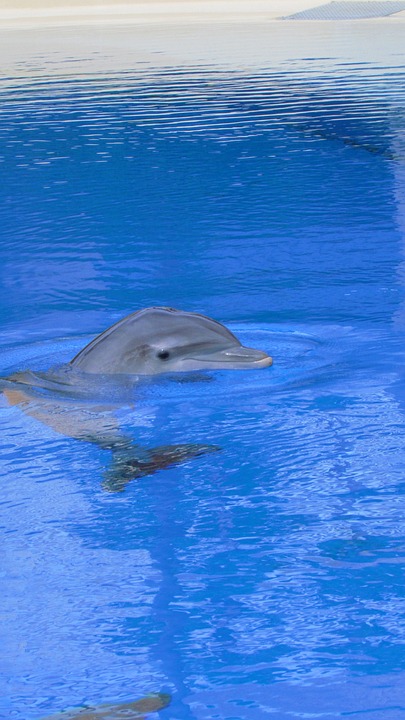By employing proper lighting techniques, fish owners can create a healthy and vibrant environment for their aquatic pets. Fish tank lighting is not only crucial for the well-being and growth of the fish, but it also supports the growth of live plants. In this article, we will delve into the significance of adequate fish tank lighting and provide essential tips for maintaining an optimal lighting system.
Adequate lighting is important for fish tanks for several reasons. Firstly, light regulates the biological processes of fish, including growth, metabolism, and reproduction. Just like humans, fish have an internal clock that relies on a regular day-night cycle. Adequate lighting helps maintain their natural behavior and overall well-being. Furthermore, proper lighting enhances the coloration of fish, making the aquarium visually appealing and vibrant.
Lighting is also crucial for supporting photosynthesis in live plants. Live plants provide oxygen, remove toxins, and create a natural habitat for fish. They require proper lighting for their photosynthesis process, ensuring they thrive and contribute to a healthy ecosystem. Different plants require specific light spectrums (colors) to thrive, so it is important to understand these requirements when choosing the appropriate lighting options.
To provide adequate fish tank lighting, there are several tips to keep in mind. Firstly, it is important to research the light requirements of your specific fish species. Different fish thrive in different lighting conditions, so understanding their natural habitat will help determine their lighting needs. Consulting an expert or conducting thorough research is recommended to avoid any potential issues.
Choosing the right lighting equipment is also crucial. LED lights are energy-efficient, long-lasting, and offer a wide range of color options. They are suitable for most aquarium setups and provide flexibility in adjusting light intensity. On the other hand, fluorescent lights are cost-effective and come in various color temperatures suitable for both freshwater and saltwater tanks. However, they may require more frequent bulb replacements compared to LEDs. It is important to avoid placing the aquarium near direct sunlight, as it can lead to excessive algae growth and temperature fluctuations.
Determining the appropriate light duration is another important aspect of fish tank lighting. Different fish species have varying light duration requirements, so it is important to consult species-specific guidelines or seek advice from experts. Simulating the natural day-night cycle with a timer is essential for maintaining fish health. Aim for 8-12 hours of light followed by 12-16 hours of darkness to provide a consistent routine.
Now, let’s address some frequently asked questions related to fish tank lighting. Firstly, it is not recommended to use regular household bulbs for fish tanks, as they emit light in a narrow spectrum that may not meet the fish’s needs. Opting for aquarium-specific lighting options that provide the appropriate spectrum and intensity is ideal. The frequency of replacing aquarium lighting bulbs depends on the type of lighting used. LED lights generally have a longer lifespan compared to fluorescent bulbs, but it is recommended to replace fluorescent bulbs every 6-12 months to ensure consistent light output. Leaving the fish tank light on 24/7 is not advisable, as fish require a regular day-night cycle for their well-being. Maintaining a schedule of 8-12 hours of light followed by 12-16 hours of darkness is important. If the fish tank has live plants, they require a balance of light and darkness to thrive. They should receive 10-12 hours of light per day, followed by sufficient darkness for their metabolic processes. Lighting intensity and spectrum should be adjusted based on the specific requirements of the plants.
In conclusion, providing adequate fish tank lighting is crucial for the health and vitality of aquatic pets. By understanding the importance of lighting, choosing the right equipment, and following recommended guidelines, fish owners can ensure their pets thrive in a well-lit environment. It is important to consider the needs of both the fish and live plants when setting up and maintaining the aquarium lighting system. With proper care and attention to lighting, fish owners can create a beautiful and thriving underwater world for their aquatic companions.









